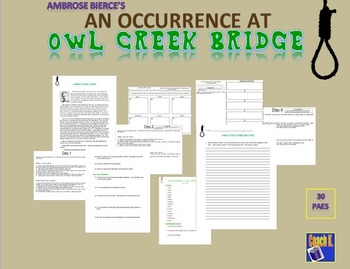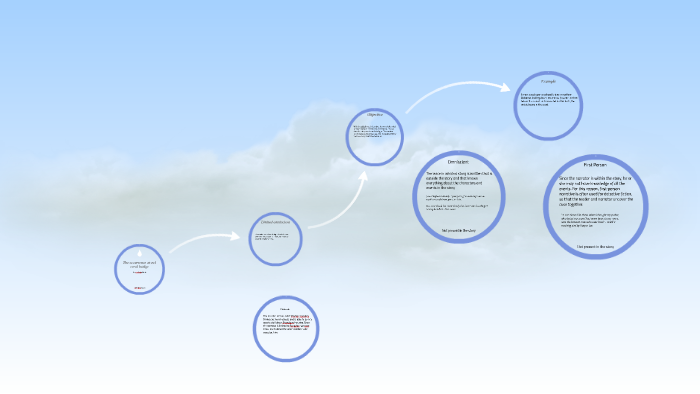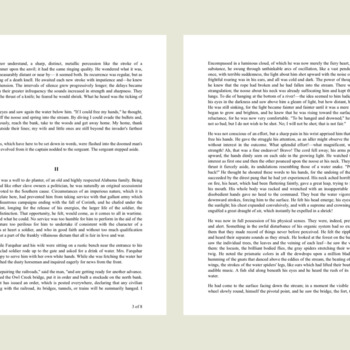


It perhaps surprises the reader to discover that Peyton Farquhar is a respectable citizen, ‘a well-to-do planter of an old and highly respected Alabama family.’ This information causes the reader to question how he came to be on the bridge facing hanging by the army. The change of section also includes a change of time it is a flashback to fill in information to clarify what the reader has seen in the first section. While the identity of the victim at first has to be worked out, indicated in phrases such as ‘He was a civilian, if one might judge from his habit’, the narrator restricted to observing external details, that perspective shifts between the fourth and fifth paragraphs, using the man’s watching a ‘piece of driftwood’ to enter his mind as he ‘fixed his last thoughts upon his wife and child.’ This narrative shift towards the end of the first section is important, as it invites greater reader sympathy for the man before he is identified and the background of his arrest is given in the second section. However, that detached tone gradually shifts.


The context is developed gradually, with reference to ‘the Federal army’ and the military lexis of ‘stockade’, ‘rifles’, ‘embrasure’, ‘sword’ and ‘muzzle of a brass cannon’. The reader has to wait until the second sentence to realise his predicament, with ‘wrists bound with a cord’ and a rope which ‘encircled his neck.’ His executioners too are described in the same unemotional detached manner, as if interpreting events from the standpoint of military observation. The first section employs a detached narrative point of view, observing a man on a bridge. The story is structured in three distinct stages to give the reader different perspectives of Peyton Farquhar before the story’s surprise twist at the end. Bierce, himself a veteran of the American Civil War fighting on the Unionist side, uses that historical setting in a number of his short stories, of which An Occurrence at Owl Creek Bridge is perhaps the most famous.


 0 kommentar(er)
0 kommentar(er)
